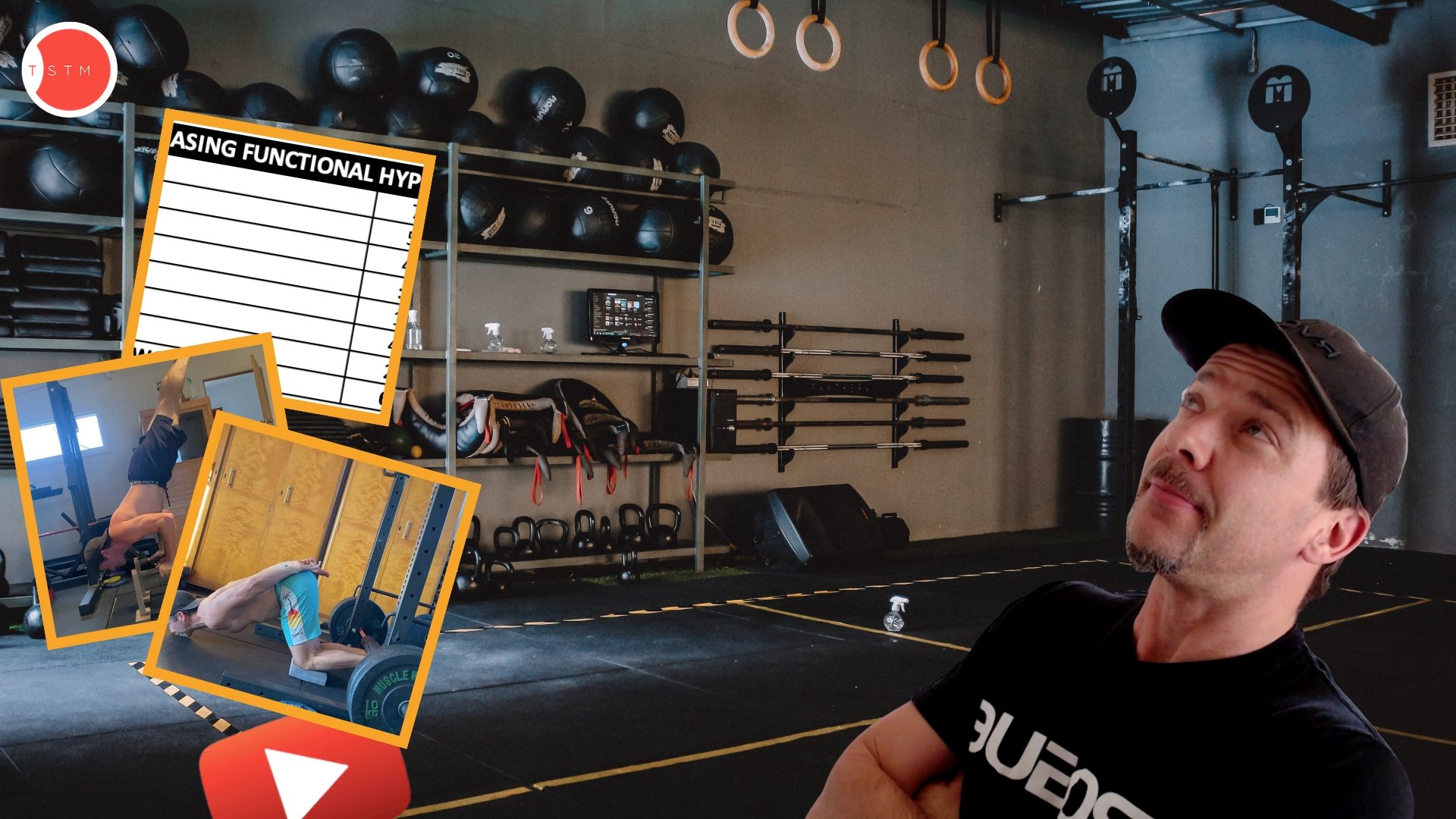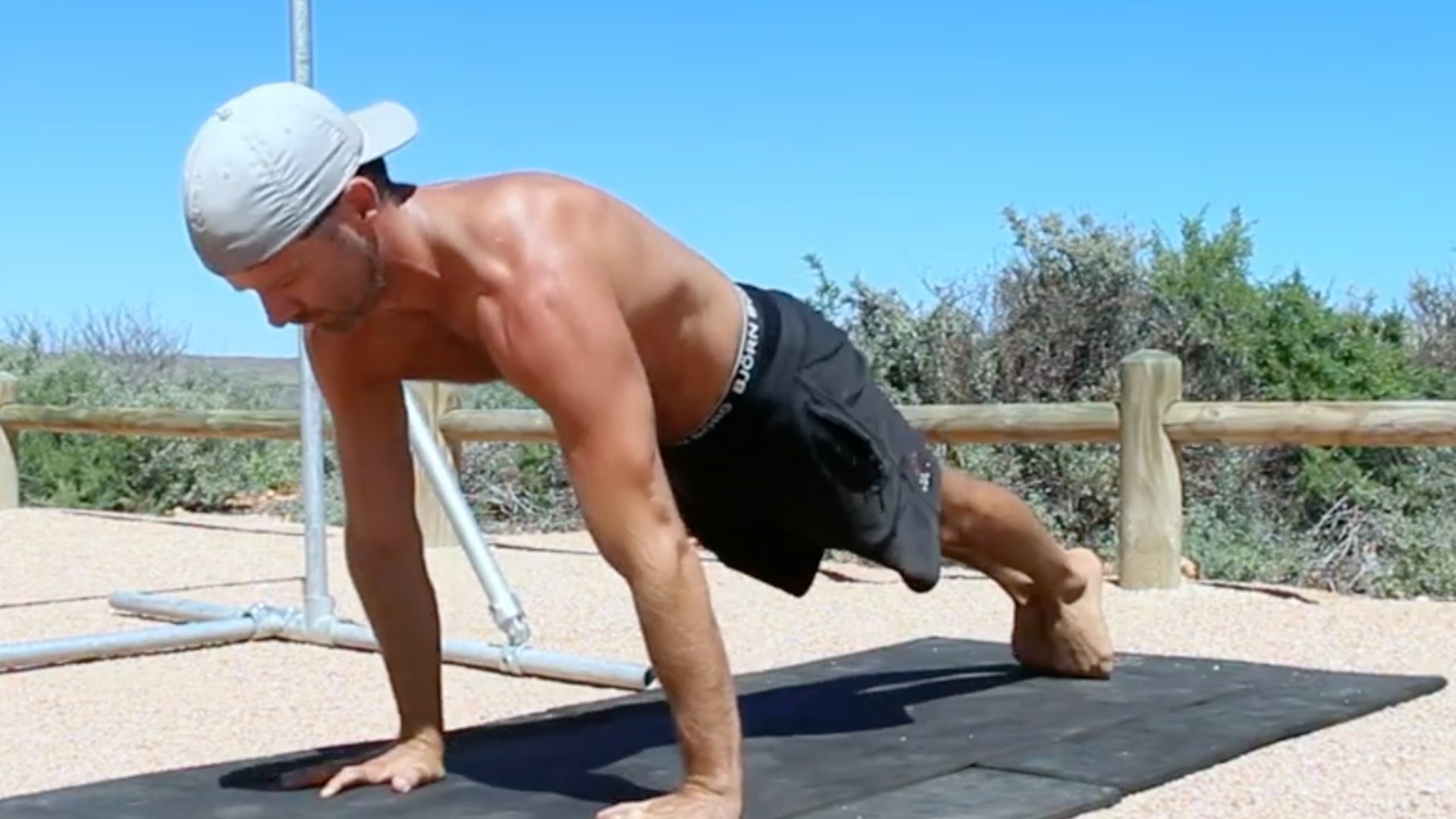
Specific strength qualities for unlocking gymnastics skills. Part 4: Strength Endurance
Being strong can solve a lot of problems.
As we age, it’s become significantly harder to build and maintain strength and lean muscle mass.
So while we're young, fit and capable, it makes sense to train for strength.
Strength and lean muscle mass give us independence and freedom, and that’s why strength training is one of the most beneficial things we can do to increase our healthspan.
But, the biggest problem with training strength endurance is its negative impact on strength.
It's a common thing. People fall into the trap of thinking more volume equals better results. But it’s a lie.
This is a BIG deal because we often see callisthenics and bodyweight enthusiasts pumping out high volumes of pull-ups, push-ups, rows and more. So many wasted reps!
It doesn't make sense because it's detrimental to the goal of building strength and mastering our body weight.

Specific strength qualities for unlocking gymnastics skills. Part 3 : Functional Hypertrophy.
To succeed at gymnastics strength training, you need to build strength and size. Most bodyweight programs focus on high volumes of work, which doesn’t deliver the adaptations we need to succeed.
If your goals are to unlock gymnastic skills, you will want to explore low-volume, high-intensity training methods that help you build strength.
This is where functional hypertrophy can be helpful.

Specific strength qualities for unlocking gymnastics skills. Part 2: Hypertrophy
Do you want to build lean muscle, shred body fat, tone up, and increase strength while also working on your gymnastic skills?
If so, you’ve come to the right place.
Welcome to part two of the specific strength qualities for unlocking gymnastic skills series.
Today's discussion is about hypertrophy strength.

Specific strength qualities for unlocking gymnastics skills. Part 1 : Relative Strength.
To unlock gymnastics skills you need to be strong.
That's the main reason why a lot of adults struggle with gymnastic skills is a lack of strength.
They need to build strength?
But what strength quality do you need to train? And how do you build specific strength for gymnastics?
How to combine strength, flexibility and skill training.
Training goals, flexibility levels, strength levels, skill levels, lifestyle factors, and more all play a role in program design. This is why it’s best to have an individual design program tailored to you.
There is no one-size-fits-all best approach to program design. Yes, we can make progress following a general program, but it’ll never be as effective as a tailored approach.
Personally, I train four days a week, combining flexibility, strength, and skill into every session, leaving me with three full rest days.
However, this approach may not work for everyone.

How to Apply The 5/4/3/2/1 Strength Method to Gymnasics Strength Training
A lot of adults struggle to unlock gymnastic skills because they're simply not strong enough.
Lately, I've felt that my strength is holding me back from unlocking movements like handstand push-ups.
So, I've added some old-school strength training to my current gymnastics strength phase.
In gymnastics, you need to be able to master your entire body weight.
Push-ups, dips, handstand push-ups, planches, chin-ups, muscle-ups, and levers are just some of the movements that require a certain level of bodyweight mastery.
But what do you do if you don't have the strength?

Gymnastics strength training and elbow pain.
I hate elbow pain.
It hurts to train.
You can't hang from the pull-up bar.
It hurts to do handstands, dips, muscle-ups planche and more..
And it makes me sad.
So what causes it?
How do we fix it?
Most importantly, how do we prevent it?
That's what today’s post is all about.

How to Fix Shoulder Pain Pressing Movements?
There have been times during my training when I've experienced terrible shoulder pain while performing bench press or push-ups.
It's a weird pain you feel deep down in the front of the shoulder.
Almost like a stabbing pain.
It's not your chest or your triceps.
It's deep in the shoulder, slightly towards the front.
Have you felt it before?
What is it, and how do you fix it?

4 Key Reasons Why You Struggle With Push-ups.
I used to be terrible at push-ups.
My upper body horizontal pushing strength was one of my biggest weaknesses.
I grew up playing sports like Aussie Rules Footy, Soccer, Tennis and Cricket. None of which require significant horizontal pushing strength.
I also competed in endurance sports for a number of years with the focus of swimming, cycling and running. My leg strength and upper body pulling strength has always been stronger than my pressing strength.
But that all changed when I started training in the gym, lifting weights, building strength and getting ripped.
It wasn't until I started training in the gym that I realised how weak my bench press, push-ups, and dips were.
I sucked.
So, I went to work.

How to Increase Core Strength with this Single Movement.
Are you a gymnastic skill seeker who struggles to maintain the hollow body shape in movements like push-ups, chin-ups, handstands, back and front levers?
We often hear coaches telling their clients to "contract your core", "brace your abdominals", or "get tight."
What do these cues actually mean?
Do we breathe in?
Do we breathe out?
Do we crush walnuts between out but cheeks?
How do we increase our midline tension and stop our lower back arching in gymnastic movements that require a tight hollow body shape?
The most critical movement its………
